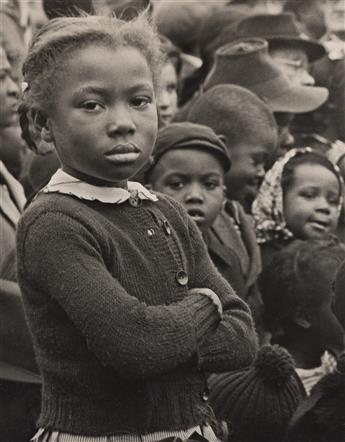Sale 2669 - Lot 85
Estimate: $ 700 - $ 1,000
Also in This Catalogue
-

 Lot 22(CALIFORNIA LANDMARKS) Hotel el Paso de Robles, Hot Springs * Race Track and Polo Field from Clubhouse, Hope Ranch, Santa Barbara.Estimate $700 - $ 1,000
Lot 22(CALIFORNIA LANDMARKS) Hotel el Paso de Robles, Hot Springs * Race Track and Polo Field from Clubhouse, Hope Ranch, Santa Barbara.Estimate $700 - $ 1,000 -

 Lot 86JOE SCHWARTZ (1913-2013) Miss America, Ocean Hill, Bedford-Stuyvesant, Brooklyn.Estimate $700 - $ 1,000
Lot 86JOE SCHWARTZ (1913-2013) Miss America, Ocean Hill, Bedford-Stuyvesant, Brooklyn.Estimate $700 - $ 1,000 -

 Lot 134EDWARD RUSCHA. Nine Swimming Pools and a Broken Glass * A Few Palm Trees.Estimate $700 - $ 1,000
Lot 134EDWARD RUSCHA. Nine Swimming Pools and a Broken Glass * A Few Palm Trees.Estimate $700 - $ 1,000


